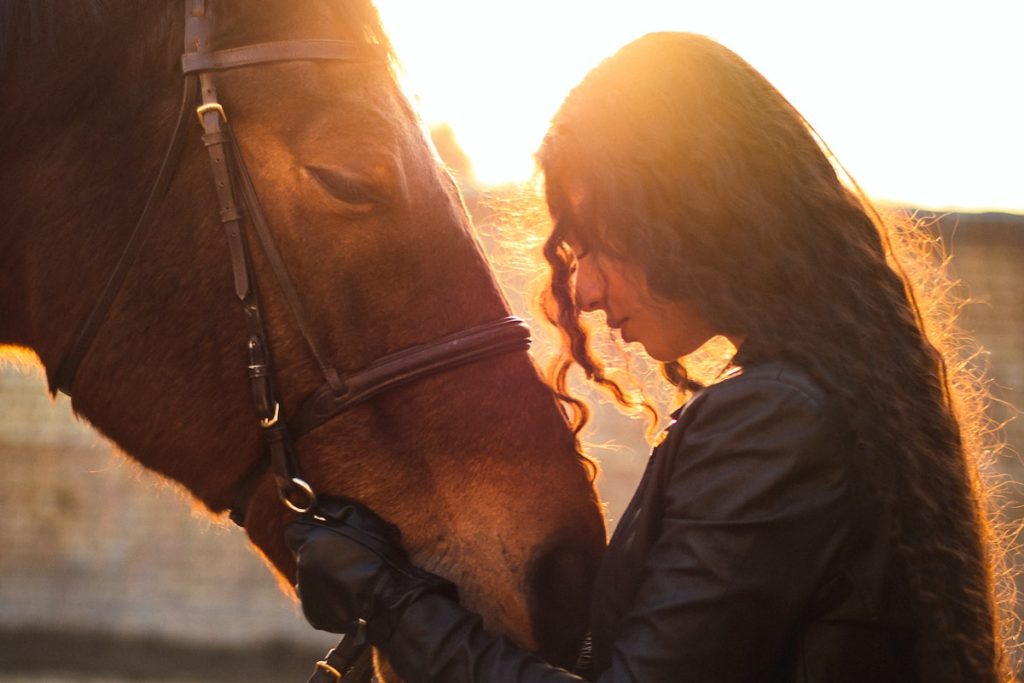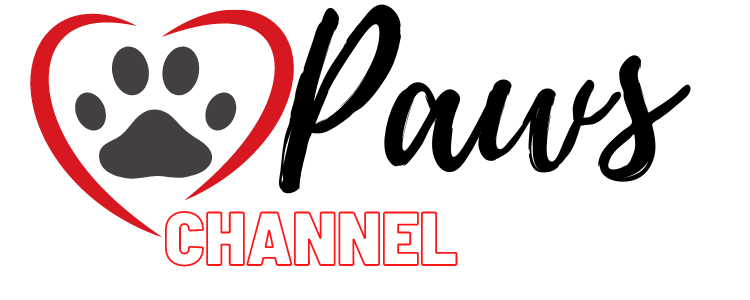Body language of horses: This is what he tells you about stress and pain
Body language of horses, If you observe your ungulate very closely, you will definitely notice different behavior patterns. Sometimes it is more excited or shows a different posture. Horses don’t have a sound with which to express pain or discomfort. This is why it is often difficult to tell whether your four-legged friend is doing well. We’ll tell you more about the importance of your fur nose’s facial expressions.

Photo: unsplash.com/Hamid Tajik (symbol photo)
Stress can be read in a horse’s eye.
When horses are stressed, they blink less. This is the finding of a study from Canada. The researchers also observed fluttering of the eyelid more frequently in stressful situations than in quiet situations. So if you want to know whether your horse is stressed, you should look your darling deep in the eyes.
This could also be of interest to you: 100CM Horse Tail USB Lights Chargeable LED
Pain can be seen in the face.
A dog howls, the cat meows in various ways when they are in pain or feel uncomfortable. Horses cannot communicate in this way and make it clear to their owners that they are in pain or that something is wrong. The quiet four-legged friends show this in a different way, which sometimes presents the owner with challenges.
Most of the time, horses suffer quietly, or the little hints from them get lost in everyday dealings. Researchers from Denmark and Sweden have found that horses also have a painful face. As a horse owner, you should, therefore, train your eye for your favorite facial expressions. It is important to observe the ears, eyes, forehead, masticatory muscles, nostrils, and moto.
Read Also : Study: Horses can recognize people’s feelings.
In the normal state, the ears are erect without tension and point outwards or forwards. However, if the ears are permanently pointed backward, this may be the first sign that something is wrong with your horse and that it may be in pain. If the eyes are partially or even completely closed, this indicates that your favorite is unwell.
Tension is also increasingly expressed in muscles. The muscles above the eyes can give possible indications of painful conditions. A sign of this is, for example, a clearly visible temporal bone. In the forehead area, other bones’ structures can also be seen particularly well through tense muscles. This also changes the facial expression and appears tense or even tormented. The lower jaw is also often tense when there is pain and is a sign of acute pain in your animal.
If the lips are pressed together, and your horse has a tense mouth in general, this is an indication that something is wrong. The nostrils can also widen in a painful horse. From the side, the nose appears flattened, and the lip lengthened.
These features can, of course, also appear individually. Therefore, causes other than pain are also possible. The facial expressions are relatively reliable when it comes to the state of mind of your fur nose. However, if your horse behaves differently than usual or does not eat properly, you should definitely have the animal checked by a veterinarian.

